Modular Houses – Versatile Homes For Modern People
Modular houses appeared amid the growing need for mobility of people and represents a new trend in building a construction combining multiple aesthetic, economic, environmental and energy efficiency advantages. At the same time, the fact that all the structural elements are interchangeable enables owners to customize their home and accommodate it, including space-wise, based on their needs, but especially the budget.
Besides the ingenious, futuristic design, manufactured homes also have the advantage of lower costs compared to conventionally raised homes, given that the structural elements are prefabricated, with reduced costs and production time. In addition to being economical, modular homes are energy efficient, ecological and aesthetic, boasting a design that stand out.
We have sat down and spoken to a Romanian who deals in producing this type of homes that, in theory, fit the ever dynamic new generation as a glove. Florin Popa is the general manager of Eco House Factory, a wood modular house manufacturer. “The advantages of this type of home are so many. First, these houses feature a high energetic efficiency. Secondly, they boast a special aesthetics, they bring something new, come with wide glazed spaces which favor contact with the outdoor areas, very important in changing our mood. These are then durable and sustainable house”, he underlined from the very beginning.
One of the houses in the company’s portfolio has a heat transfer coefficient of just 0.17 W/m2k. It is a house sitting on a total area of 103 square meters and featuring a living, kitchen, dining, two bedrooms, two bathrooms, a porch and a patio. The price for the basic prefabricated kit is about 20,000 Euros and goes up to about 52,000 Euros for a house featuring all the finishes.
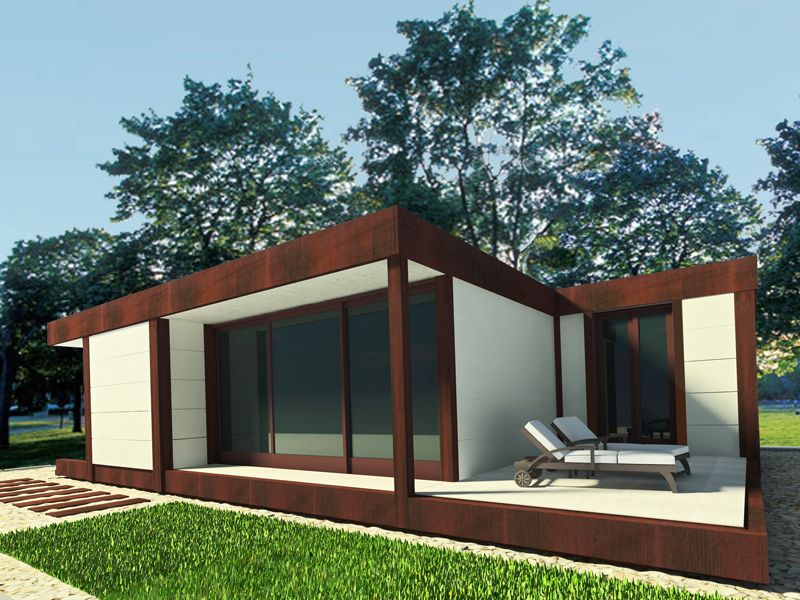
Modular houses – interaction with the outdoor environment
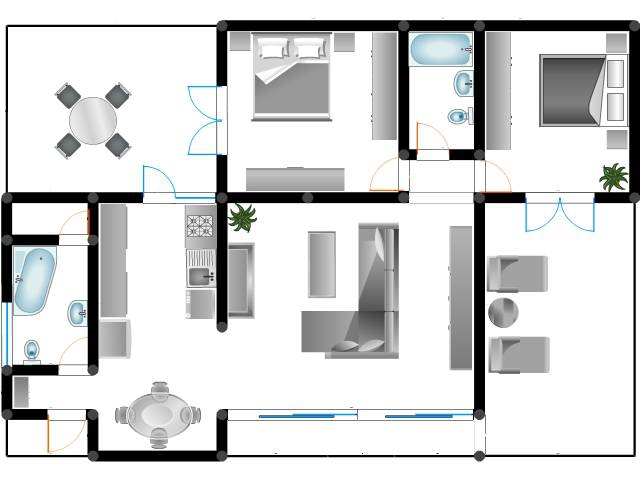
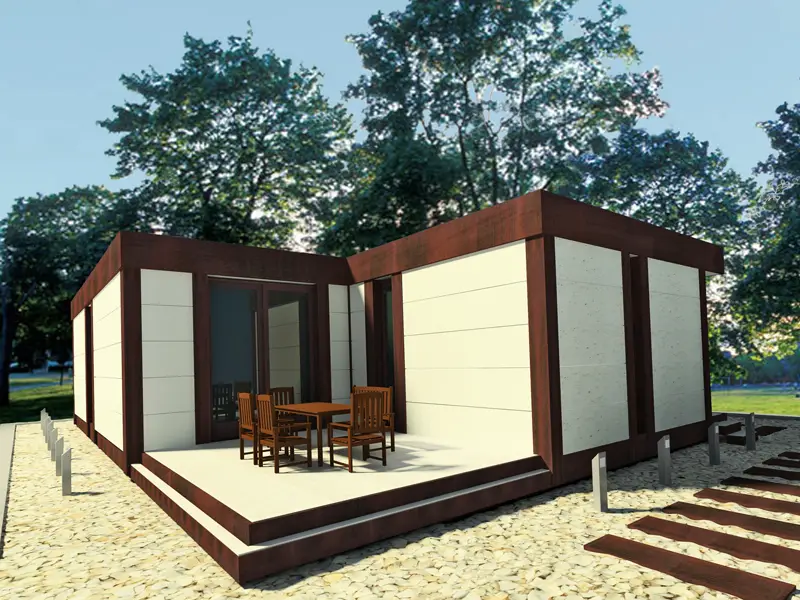
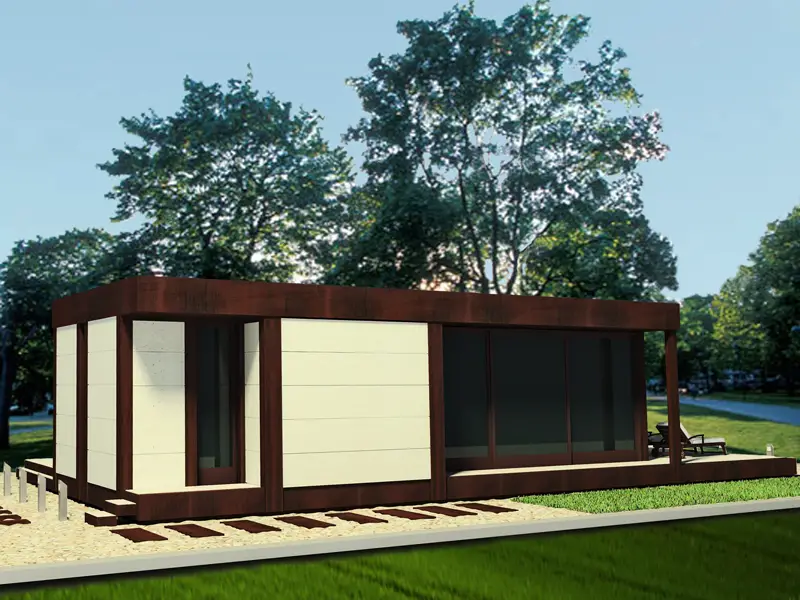
Drafting a plan takes about 6 days, then 10 days are necessary for the production of the prefabricated structure, 6 other days to install it on the construction site and another 45 days to build and deliver a turnkey house. The company uses the German prefabricated house building system which ensures a lifespan of at least 100 years for the houses.
A second plan, featuring a superior look and a heat transfer coefficient of 0.16 W/m2k, but spreading on the same surface and having the same division of interior spaces, costs about 58,000 Euros in the final stage. A low energy classed project, with a heat transfer coefficient of 2.23 w/m2k, sells for between 17,000 and 42,000 Euros for the same living area and structure.

Modular houses – customized design which leads to superior aesthetics
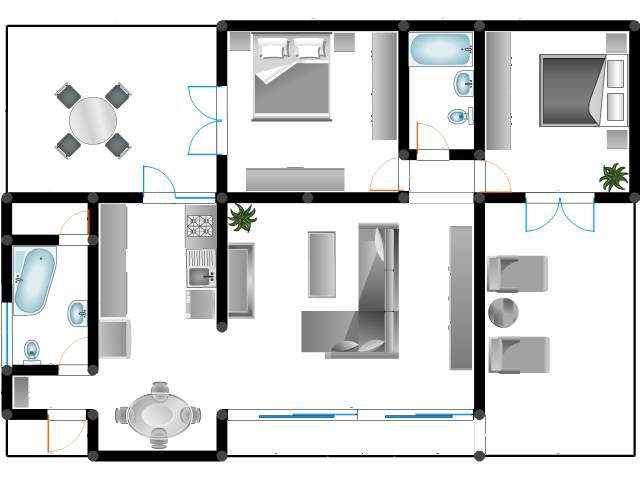
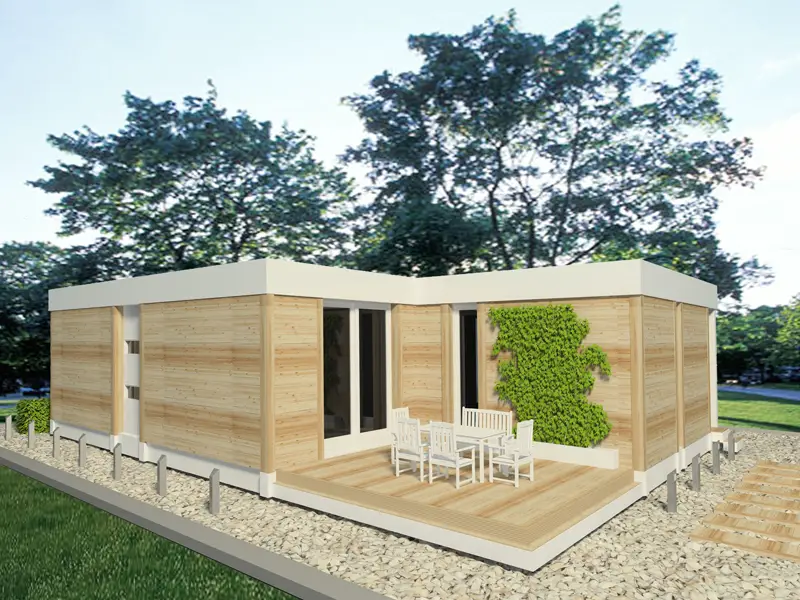
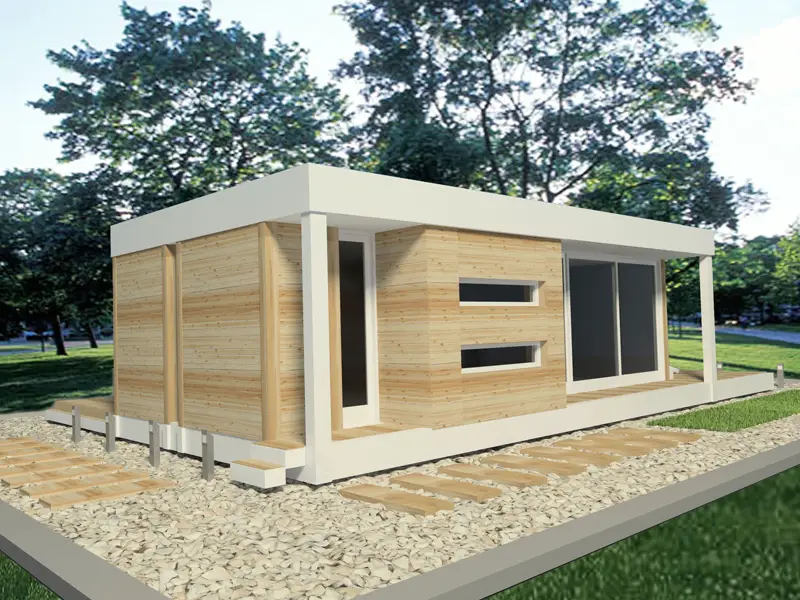
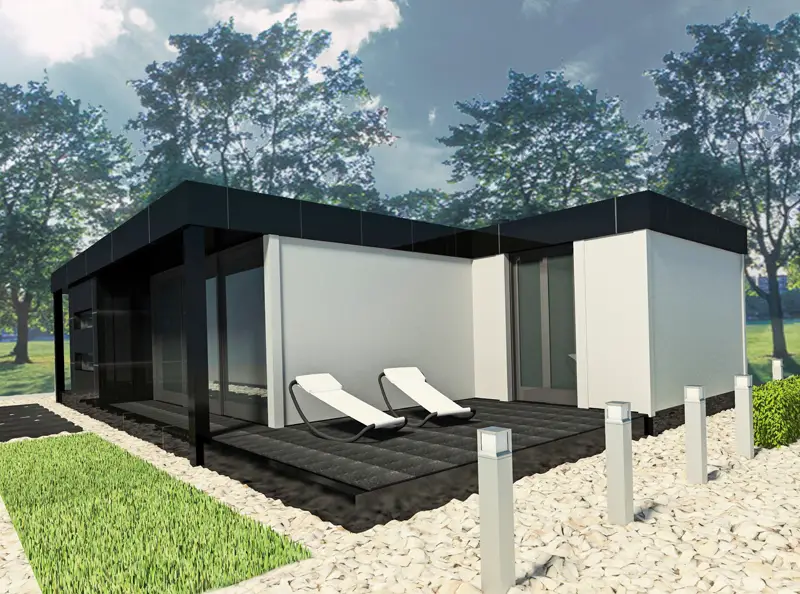
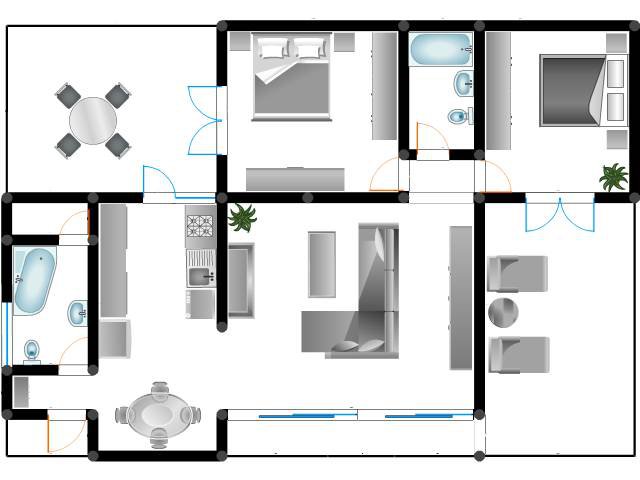
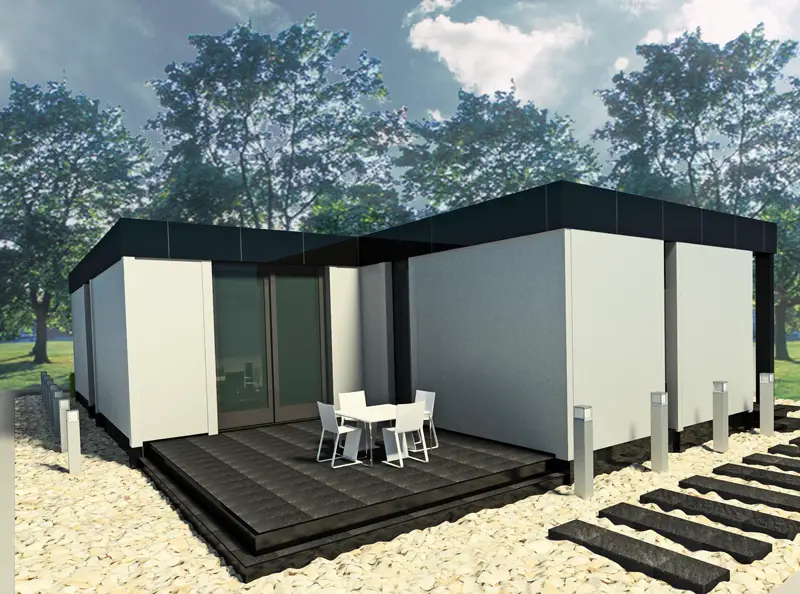
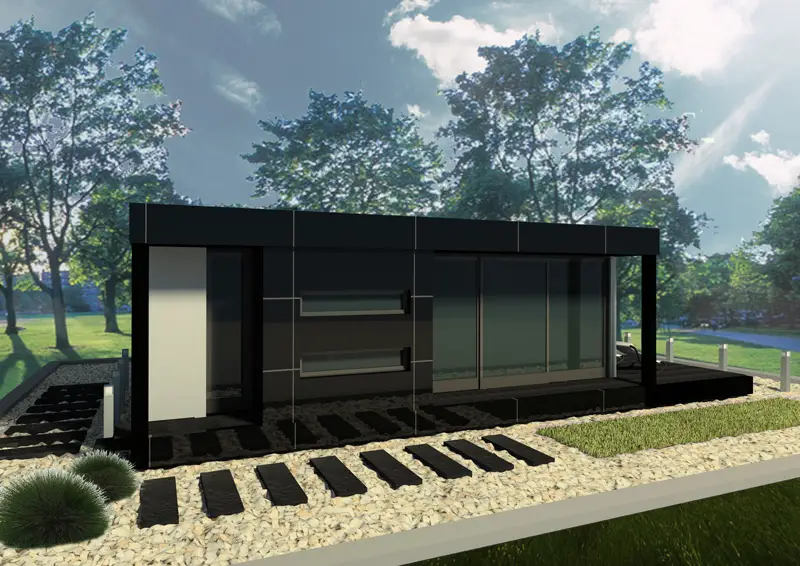
Such house are highly versatile and can be placed anywhere, up in the mountains or on the seaside, meeting various needs of a family which seeks to connect with nature. Unfortunately, the modular house is underdeveloped in Romania, Popa says. By comparison, in the four years of his company’s existence, he has sold just three such homes unlike the more than 70 wood traditional houses. “There’s no interest at this point in such houses in Romania. The average Romanian, when learns about wood houses, expects a house cheaper than the concrete or AAC made one, but the difference in price has to be considerable to gain his attention”, he further explained.
Consequently, his company is now turning to the Western market, putting up a website which targets potential customers in this part of Europe where modular houses are a living option often considered.















